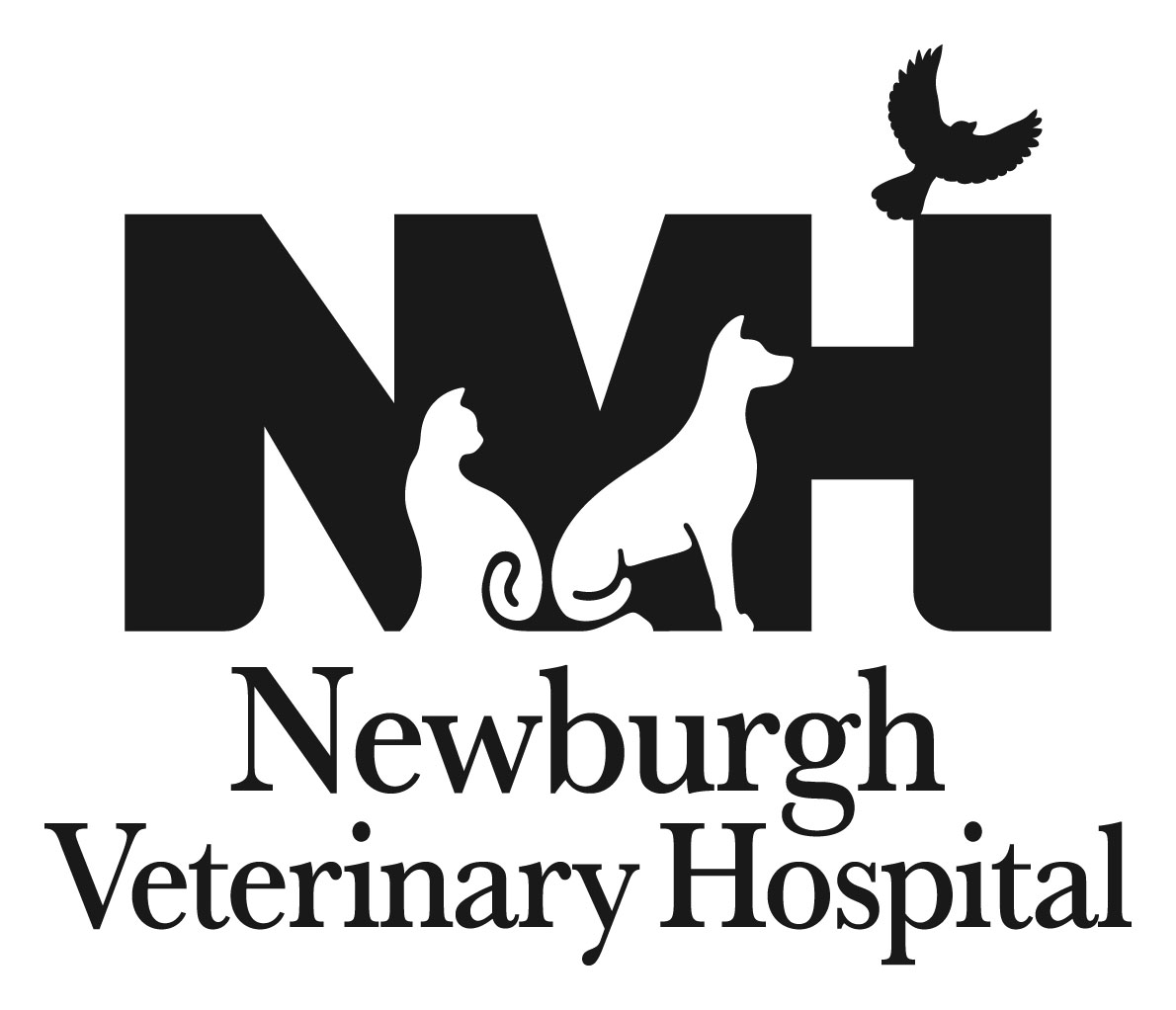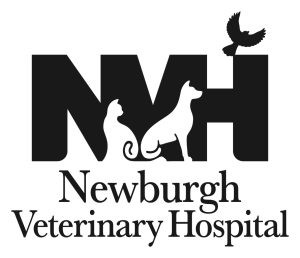Platelet-Rich Plasma (PRP) Therapy
Platelet-Rich Plasma (PRP) therapy involves extracting a small amount of an animal's blood, processing it to concentrate platelets, and then injecting this concentrated plasma back into the area needing treatment. PRP contains growth factors that aid in healing and tissue regeneration. In veterinary medicine, it is used to treat musculoskeletal injuries, joint issues, and soft tissue damage. By harnessing the body's own healing components, PRP therapy aims to reduce pain, improve function, and accelerate recovery, offering a non-surgical option for managing chronic or acute conditions.
Platelet-Rich Plasma (PRP) therapy is increasingly utilized in veterinary care due to its regenerative properties and potential to enhance healing.
Schedule an appointment for your pet's health today!
Here are the key uses of PRP in veterinary medicine:
- Orthopedic Conditions: PRP is commonly used to treat joint issues such as osteoarthritis, tendon and ligament injuries, and fractures. It helps reduce pain and inflammation while promoting tissue repair and regeneration.
- Wound Healing: PRP accelerates the healing process in various types of wounds, including surgical incisions, traumatic injuries, and chronic non-healing wounds. Its growth factors and cytokines stimulate cell proliferation and tissue regeneration.
- Post-Surgical Recovery: After orthopedic or soft tissue surgeries, PRP can be applied to enhance recovery, reduce pain, and minimize inflammation. It is particularly beneficial in procedures involving cartilage, tendons, and ligaments.
- Dental Procedures: In dental care, PRP is used to promote healing of oral tissues after extractions, periodontal surgeries, and other dental interventions. It enhances soft tissue regeneration and reduces recovery time.
- Dermatological Applications: PRP is effective in treating certain skin conditions, including dermatitis, ulcers, and burns. It supports the regeneration of healthy skin cells and accelerates the healing of skin lesions.
- Ophthalmic Treatments: PRP can be utilized in ophthalmology to treat corneal ulcers and other eye injuries. Its healing properties aid in the regeneration of corneal tissues and improve recovery outcomes.
- Reproductive Medicine: In some cases, PRP is used to improve fertility and treat reproductive disorders in animals. It can enhance the healing of reproductive tissues and support successful breeding outcomes.
Overall, PRP therapy is valued for its natural, minimally invasive approach to promoting healing and reducing recovery times in veterinary patients.


